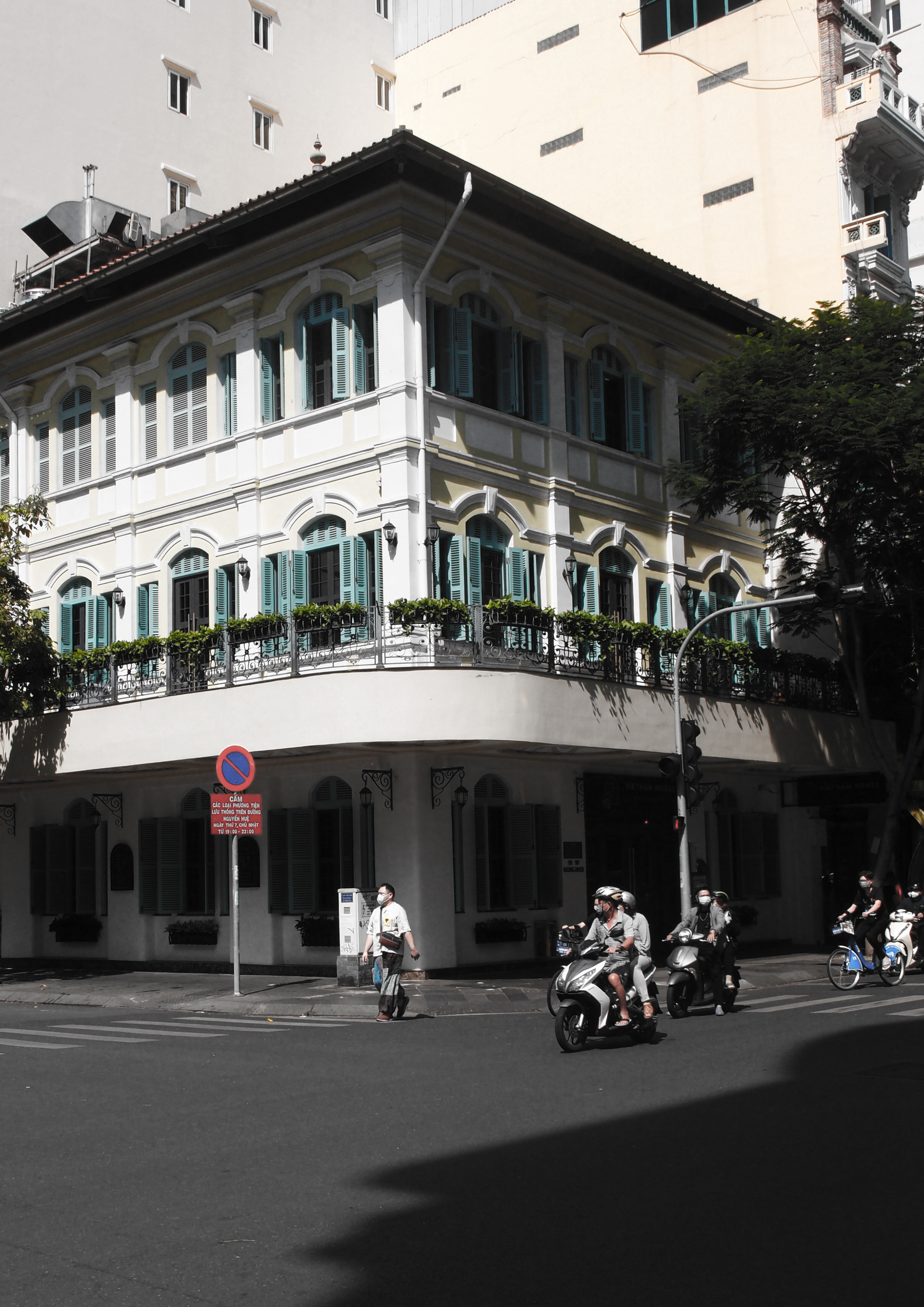
3 minute read
Research Question Thisresearch
from Sidewalk culture and its influence on public space in Ho Chi Minh City: Chapter 01
by Đỗ Thanh Tú
takes off from the close relationship between the sellers, more particularly, street vendors, and their influences on the sidewalk pattern of Vietnam in terms of design, architecture, culture, and urban life. The sector of sidewalk informality has become an unfinished discussion for the authorities for a decade, I believe that a complex issue creates many opportunities for solutions or promising proposals for future implementation. The solutions that the local authorities have introduced in recent years, in particular, “Sidewalk cleanup campaign in Vietnam 2017” when Vietnamese authorities made plans to organize and redesign the sidewalks and main roads in the central areas in HCMC. Implemented since January of 2017,4 the plans focused to reorganize sidewalks and walking streets in the center as there is a high volume of traffic and pedestrians participate daily, the latest plan of the central areas also partly re-create the urban landscape for the area, however, these impacts still leave many questions and complications because of its policy to solving solely the sidewalks encroachment of residential or small-scale peddlers, which is in the center, regardless of the city images of highly occupied sidewalks. I began this research by documenting national, international articles and research publications from Vietnam and related institutions. Although there are aspects stated that Sidewalk Economy has brought many controversy among the authorities whether or not it should be considered a legal form of business, I personally contemplate this based on a design point of view. Although there are very few evidence and limited literature investigation on this form of marginal activities throughout history, recent Vietnamese generations, especially those of the millennials and baby-boomers, are intimately attached to this unique culture of Saigon.
I find it very fascinating of how the history of Saigon attached to the young, heterogeneous and hybrid residents, and how HCMC sidewalk culture has for itself a very unique sense of characteristic, which cannot be duplicated. Regardless of the scale, residents and vendors negotiate to come up with ways of arrangement on the sidewalk. In fact, it is not easy to accept that this form of sidewalk business has become a problem that hinders the development of modern society. However, there must be a facture making this sidewalk business sustain and thrive in a developing city. Therefore, this research will partly seek to find an answer on how this unique social activity influence on the street pattern and and how to include sidewalk culture in the design of public space in Vietnam?
Advertisement




